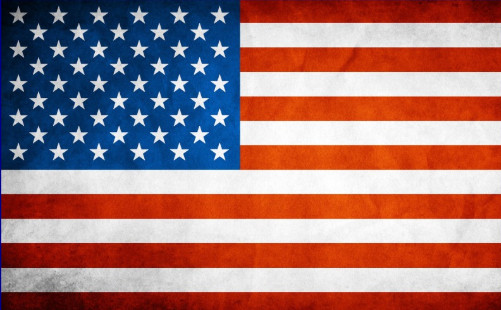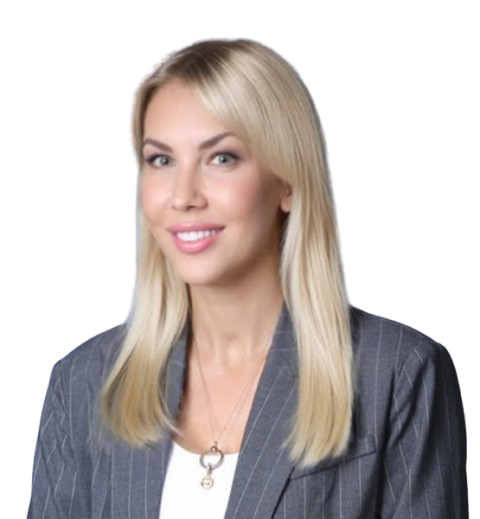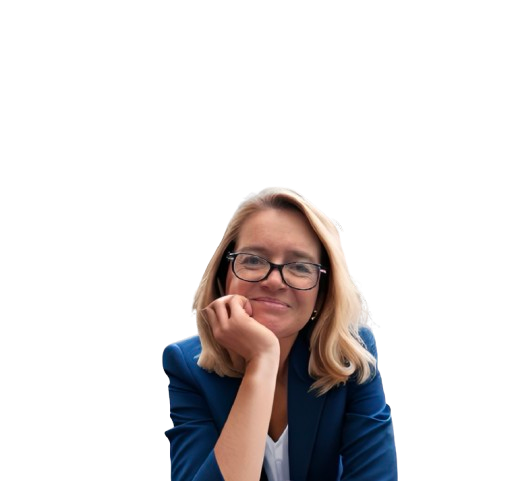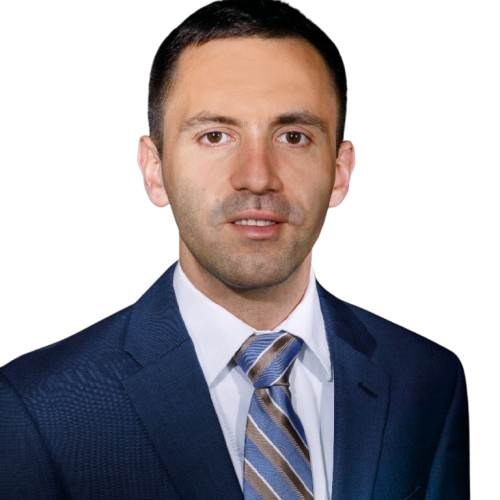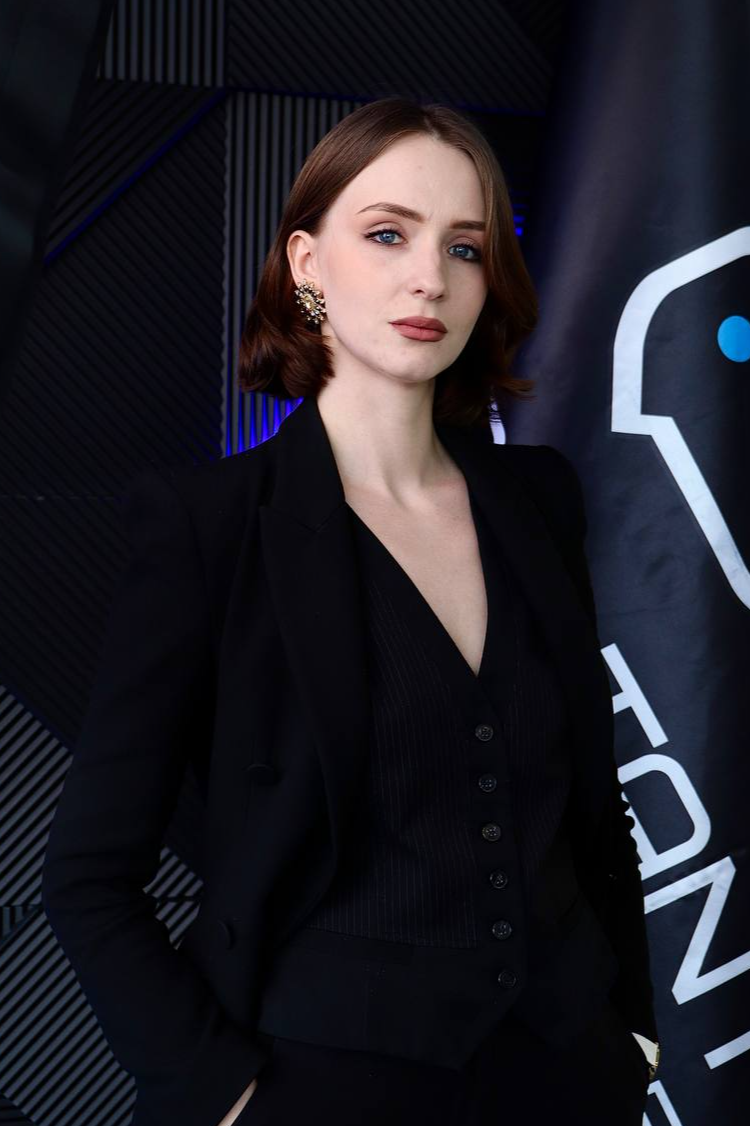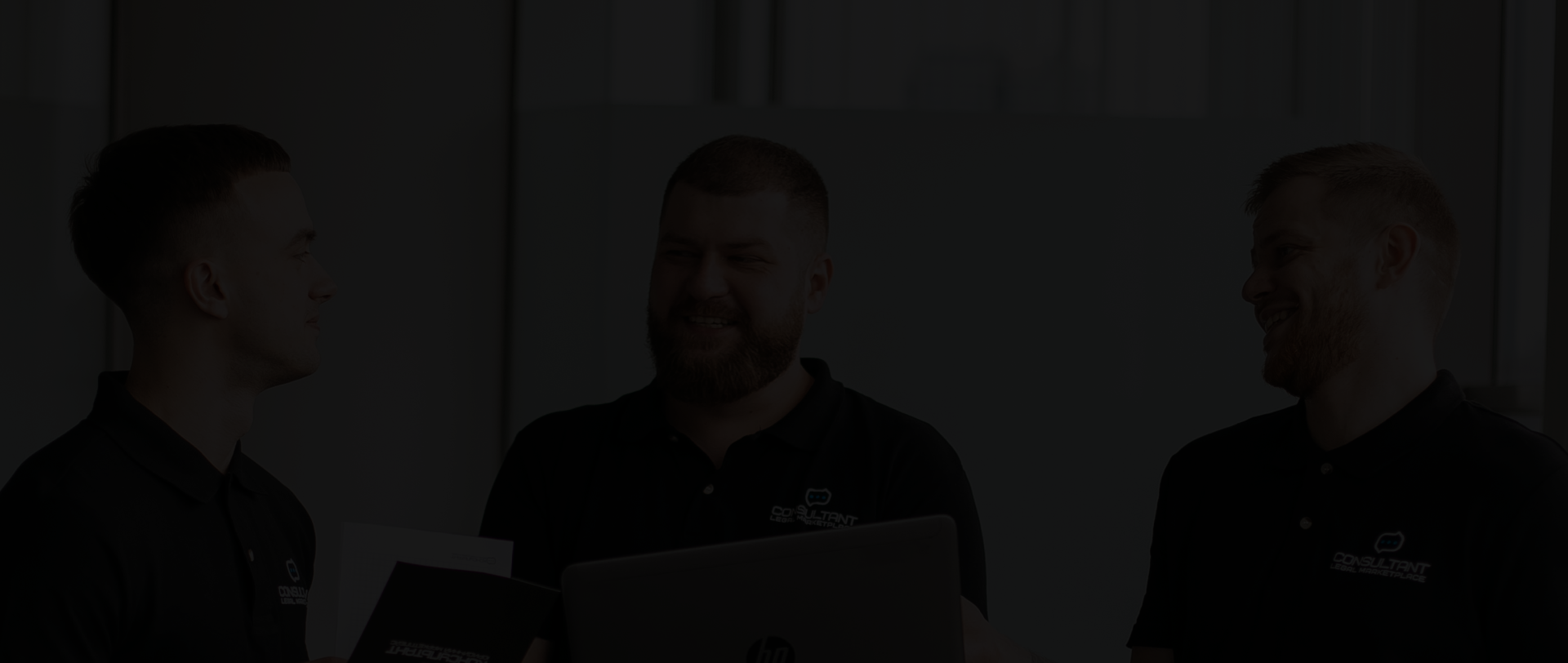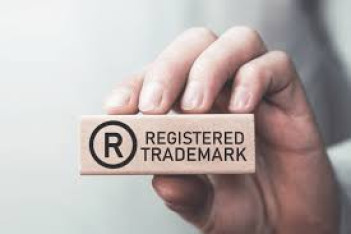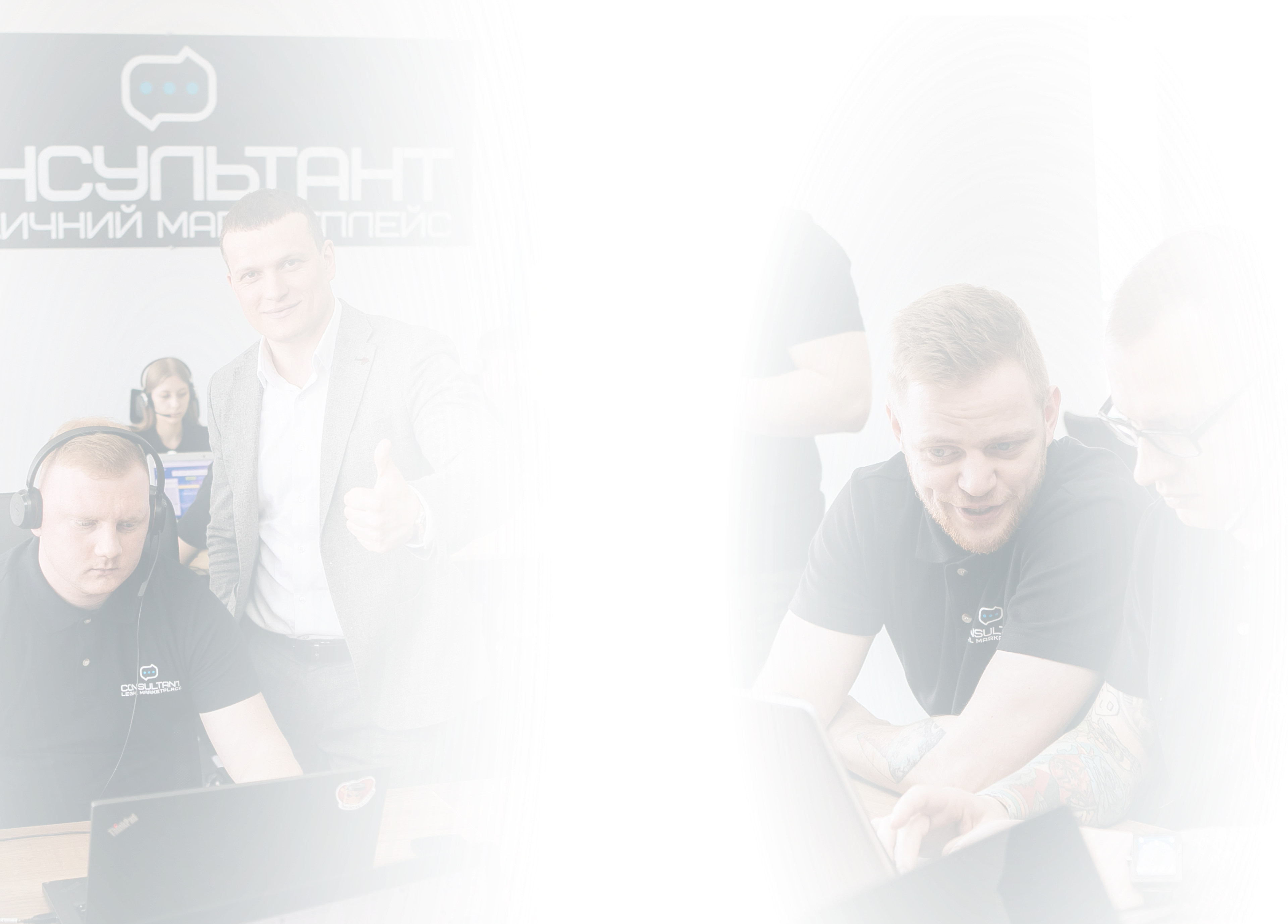My name is Yuriy Mykolayovych Yaremchuk, I am a legal expert and lawyer with 40 years of experience in jurisprudence in Ukraine.I specialize in criminal law and procedure, civil law and procedure, intellectual property protection, and the creation and management of financial and economic security systems for companies.
Client's Objective:
To register the unique name of a new visual product—an interactive online platform—as a trademark in the U.S., in order to secure legal protection against copying and unauthorized use by competitors.
Problem Overview
The client created a new digital product—an interface design generation platform powered by artificial intelligence. The project quickly gained popularity among users, and the brand name began appearing across various public platforms, including Product Hunt, GitHub, and LinkedIn portfolios.
However, after launching the platform, the client’s team discovered several similar names in related industries (including mobile apps and online design tools).
Avoiding potential conflicts over brand rights became a top priority. The client sought to secure trademark protection in the U.S. through the USPTO as quickly as possible.
What Steps Did the Attorney Take to Register the TM?
After the client reached out, the attorney developed a clear registration strategy, which included several sequential steps:
- Legal Risk Assessment and TESS Database Search
A thorough search was conducted in the TESS (Trademark Electronic Search System) database to identify similar or potentially conflicting marks. The search covered both exact matches and phonetically/visually similar combinations, considering the industry and service types.
- Advice on Selecting Nice Classification Classes
The attorney analyzed the client’s business model and provided recommendations on the most appropriate trademark classes according to the Nice Classification. The application included several classes, notably:
- Class 9 (software);
- Class 42 (providing online platforms as a service, SaaS);
- Class 35 (marketing and advertising services).
- Application and Trademark Description Drafting
The application was prepared with a precise legal description of the wordmark. A concise platform functionality description was written, and usage specimens were collected—including website screenshots, social media content, email campaigns, and beta access materials.
- Legal Support for Submission via TEAS
The application was submitted via the TEAS Standard system. The attorney communicated with the USPTO, responded to Office Actions, and provided additional justification for the uniqueness of the name, taking into account other registered similar terms.
- Fee Payment and Application Tracking
Government fees were paid promptly, and ongoing tracking of all application status changes was established. The attorney advised the client at each stage, including the opposition period from third parties.
Outcome
The platform name was successfully registered as a wordmark in the U.S., which enabled the client to:
- Secure legal brand protection throughout the United States;
- Avoid copying or use of similar names by competitors in the commercial space;
- Strengthen investor and user trust through official brand registration;
- Prepare for business expansion, including participation in major partnership programs (Apple, AWS, Google Cloud).
This case illustrates the importance of early legal involvement for intellectual property protection. Thanks to a professional legal analysis, accurate drafting, and timely filing, the client avoided potential conflicts and gained an effective legal tool to protect their digital product.
📌 Legal support was provided in accordance with USPTO standards, without delays and with a transparent procedure. The platform name is now officially protected as a trademark, and the client can confidently grow their brand in the U.S. market.





